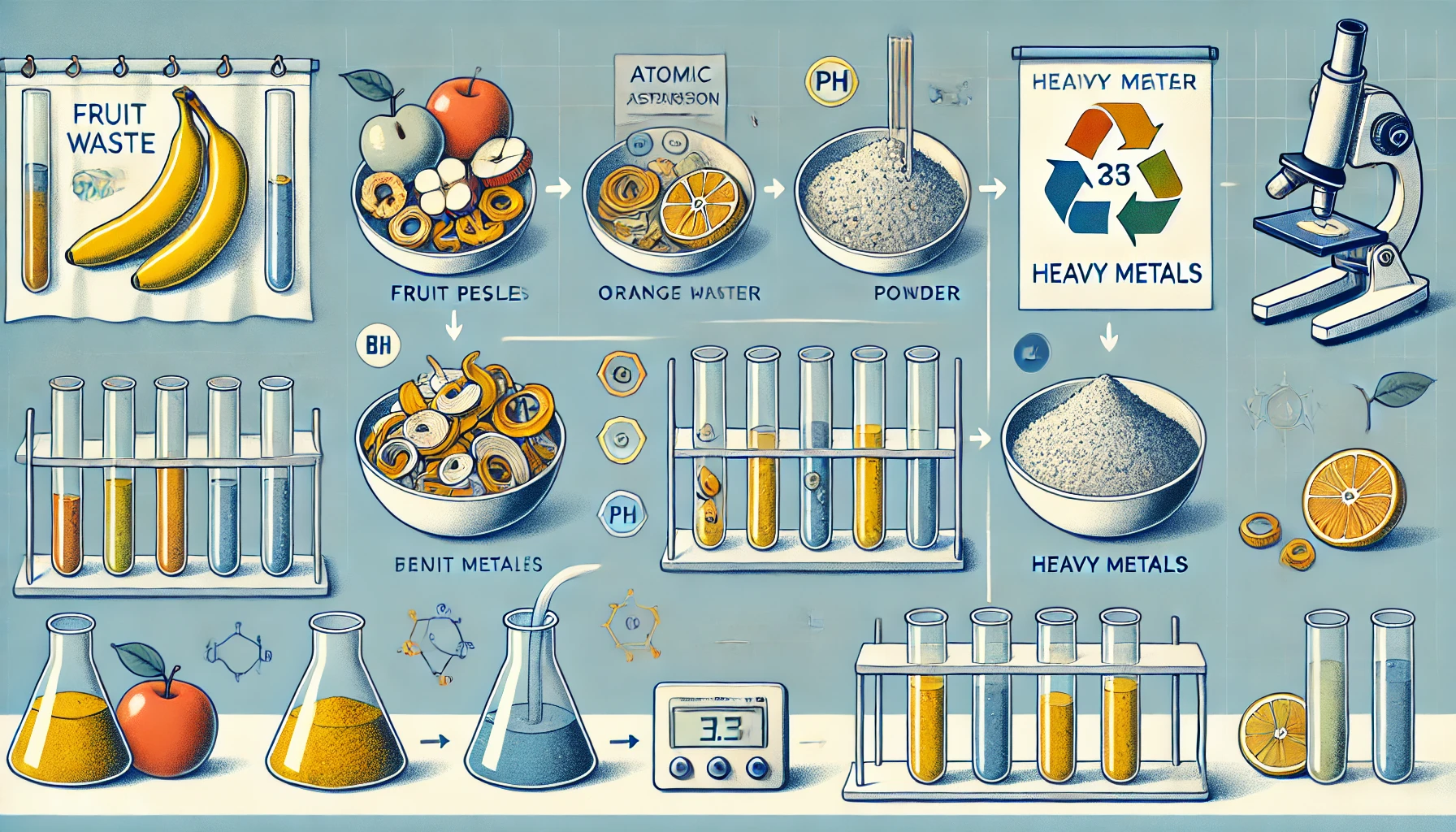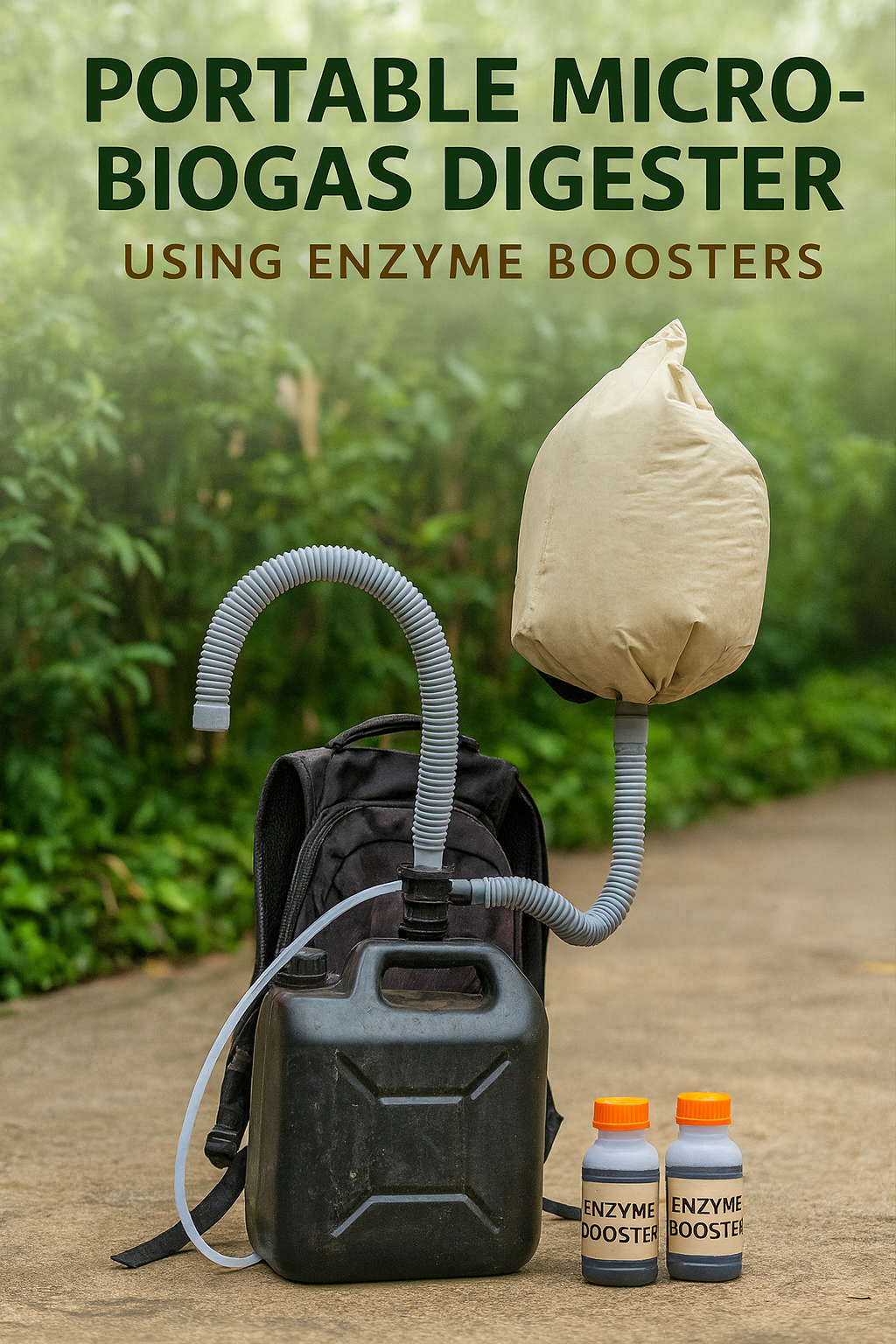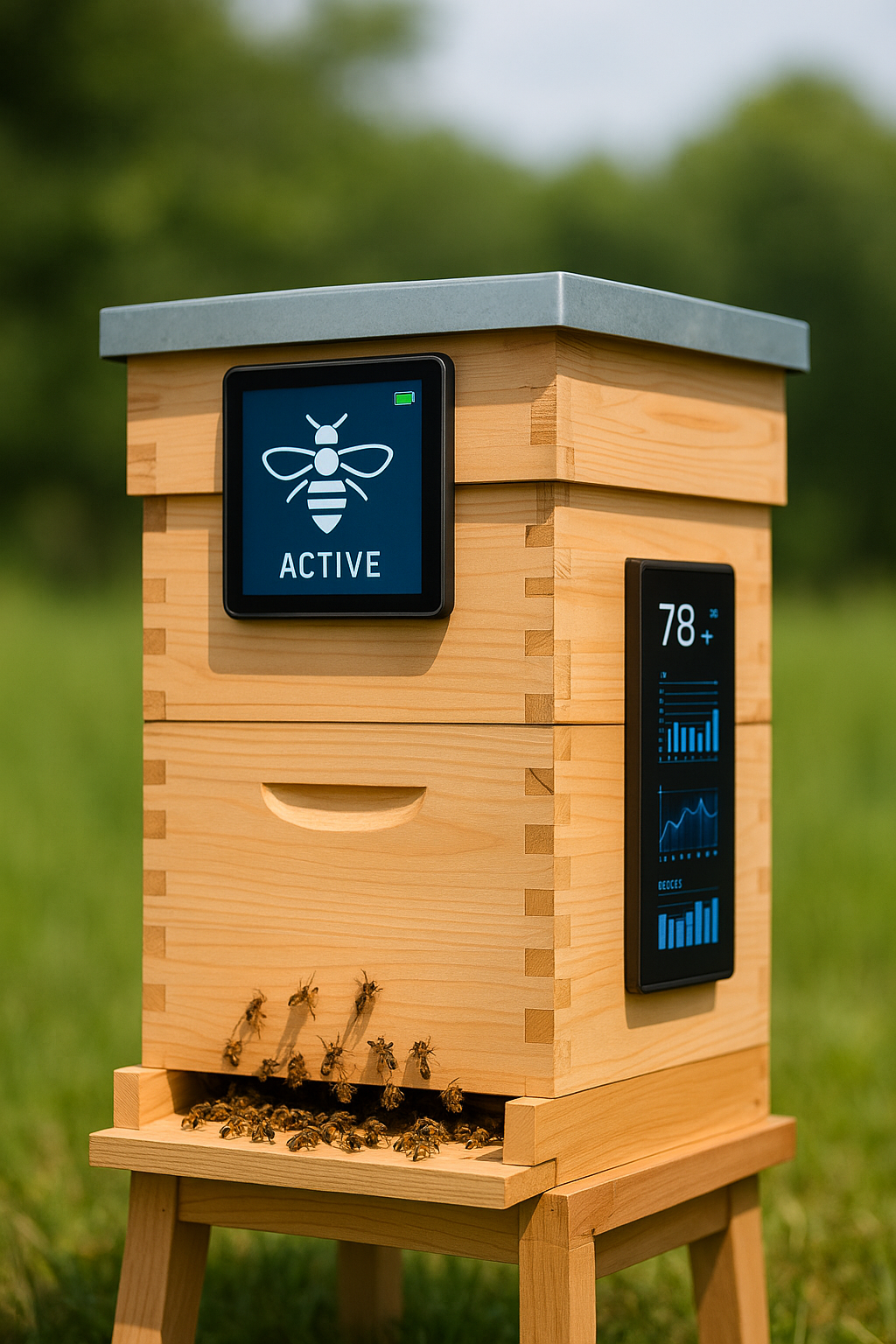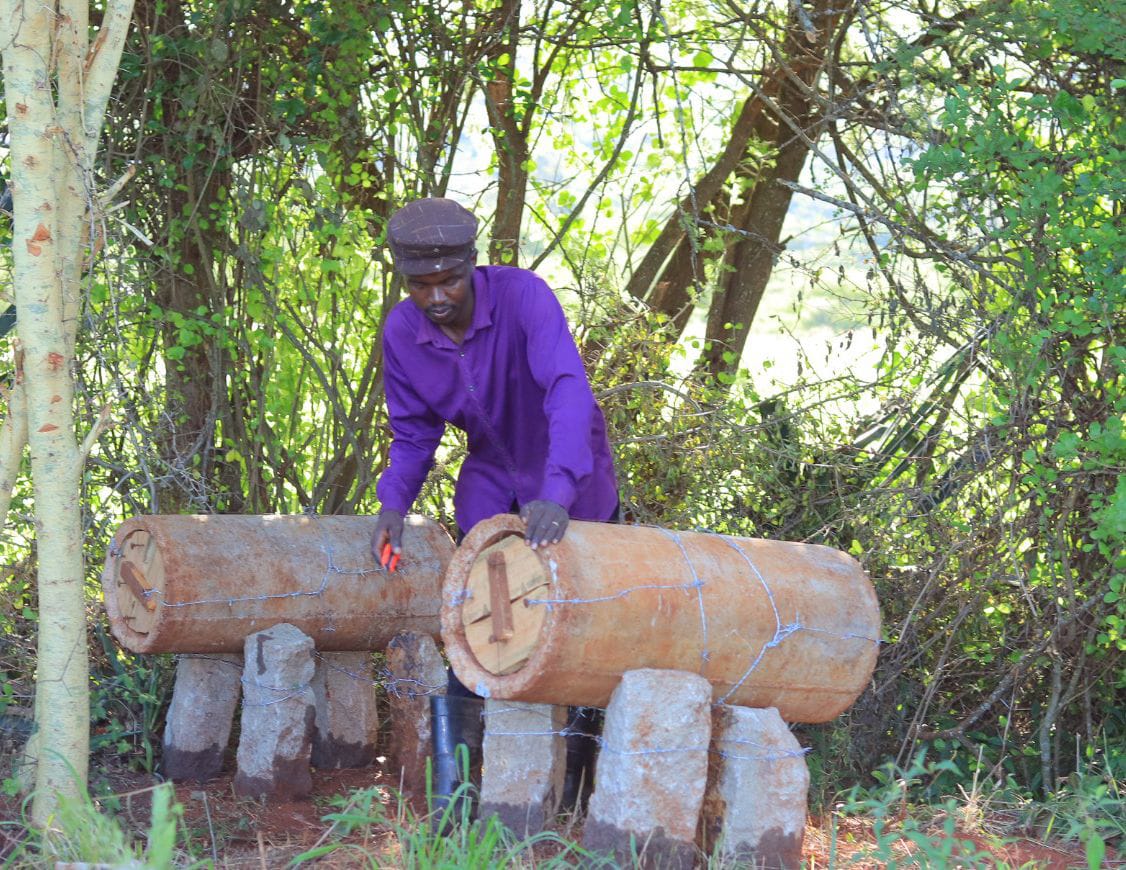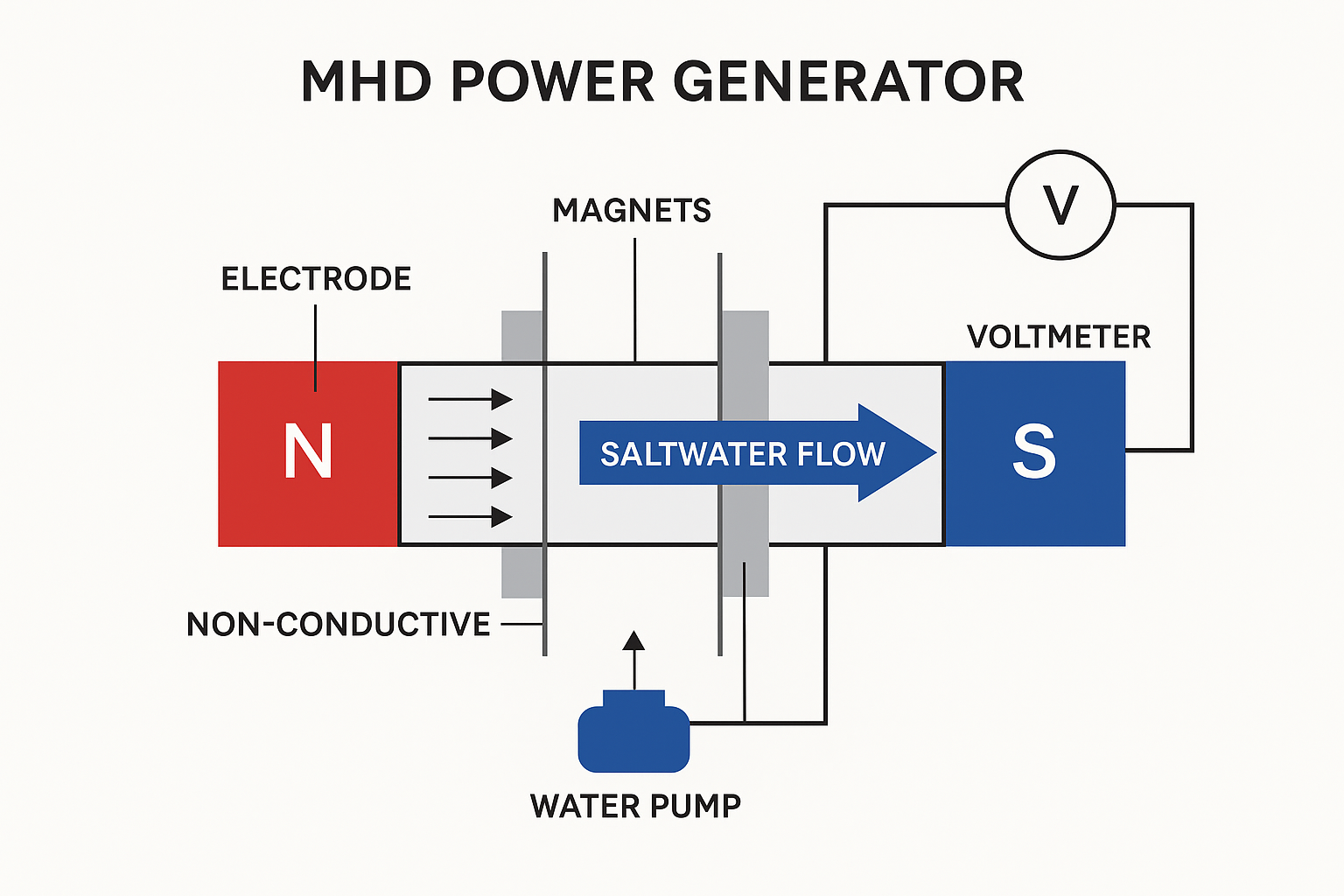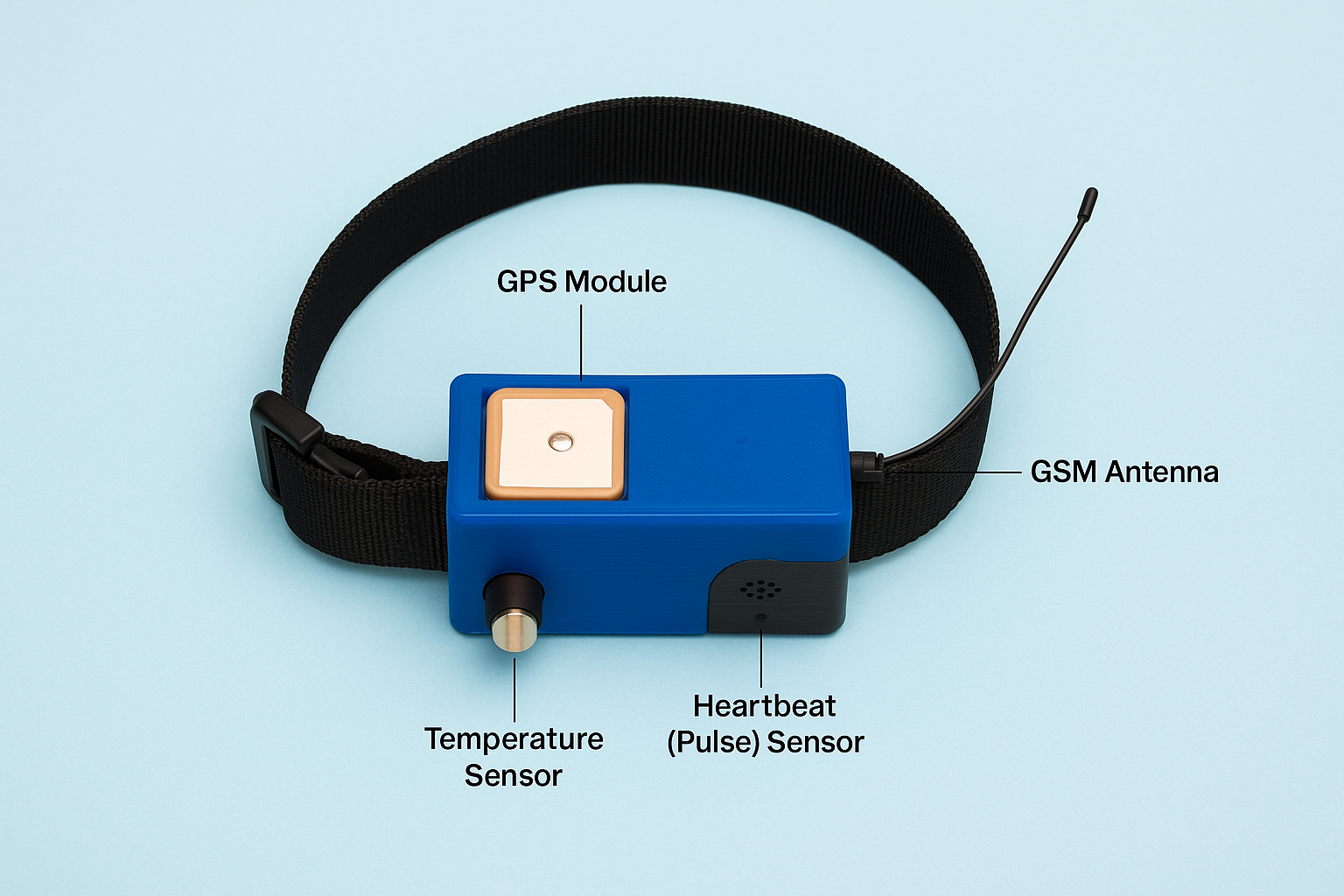Abstract
This project investigates the use of fruit waste, such as peels and pulp from bananas, oranges, apples, and pomegranates, to remove heavy toxic metals like lead, cadmium, and arsenic from water. The goal is to develop an eco-friendly, cost-effective, and sustainable method for reducing environmental pollution by utilizing natural waste products. This approach leverages the high adsorptive properties of fruit peels and pulp due to their natural fiber, pectin, and cellulose content, which can bind to metal ions and effectively remove them from contaminated water.
Statement of the Problem
Heavy metals, including lead, cadmium, and arsenic, are pervasive pollutants in water bodies due to industrial discharge, mining activities, and improper waste disposal. These metals are toxic to both humans and aquatic life, posing serious health risks like kidney damage, neurological impairment, and cancer when consumed through contaminated water. Conventional methods of heavy metal removal, such as chemical precipitation and ion exchange, are often expensive and require complex processing. This project aims to address the need for an affordable, accessible, and environmentally sustainable alternative by exploring the use of fruit waste, an abundant and renewable resource, as a natural adsorbent to remove heavy metals from water. The project seeks to demonstrate the effectiveness of this waste material in achieving a safer water supply, while also addressing the issue of organic waste disposal.
Objectives
- Evaluate the potential of different types of fruit waste for metal adsorption – Testing various types of fruit waste (e.g., banana peels, orange peels, apple peels) to identify which materials perform best.
- Optimize the adsorption process – Analyzing factors such as contact time, particle size, pH, and waste-to-water ratios for maximum metal removal.
- Assess the cost-effectiveness of using fruit waste for metal removal – Comparing costs with traditional water treatment methods.
- Determine the environmental impact – Calculating the potential environmental benefits, such as waste reduction and pollution prevention, of using fruit waste in water treatment.
Literature Review
Heavy Metal Toxicity
Heavy metals are toxic because they bioaccumulate and interfere with biological systems. In water systems, these metals come from industrial activities, waste disposal, and other pollutants, posing risks to humans and animals alike.
Fruit Waste as a Natural Adsorbent
Fruit waste, abundant in fiber, cellulose, and pectin, offers strong metal ion-binding capabilities. Previous studies have shown that banana peels and citrus peels, for instance, have high capacities to adsorb metals from contaminated water.
Materials and Methods
- Materials Required:
- Fruit waste: Banana peels, orange peels, apple peels, pomegranate husks, etc.
- Contaminated water samples with known concentrations of heavy metals (lead, cadmium, arsenic).
- Analytical equipment: Atomic absorption spectrometer (AAS) or inductively coupled plasma mass spectrometry (ICP-MS) for metal analysis.
- Laboratory equipment: pH meter, weighing balance, sieves, filters.
Procedure
Preparation of Fruit Waste Adsorbents
- Collection and Preparation:
- Collect fruit waste materials from readily available sources, such as banana, orange, and apple peels.
- Wash the collected fruit waste thoroughly with distilled water to remove any dirt or pesticides.
- Dry the waste in an oven at 50-60°C until completely moisture-free. This drying process usually takes 24-48 hours.
- Grinding and Sieving:
- Grind the dried fruit waste into a fine powder using a grinder.
- Sieve the powder to ensure uniform particle size (recommended particle size: 250-500 microns) to optimize surface area for adsorption.
Preparation of Heavy Metal Solutions
- Metal Solution Preparation:
- Prepare water samples with known concentrations of heavy metals such as lead, cadmium, and arsenic. This can be done by diluting standard solutions to achieve specific concentrations (e.g., 5 mg/L).
Conducting the Adsorption Experiments
- Batch Adsorption Experiment:
- Take a set amount (e.g., 1g) of fruit waste powder and add it to a measured volume (e.g., 100 mL) of the metal-contaminated water in a glass beaker.
- Adjust the pH of the solution to the desired level (e.g., pH 5-6 for optimal adsorption) using dilute hydrochloric acid (HCl) or sodium hydroxide (NaOH).
- Stir the mixture on a magnetic stirrer at a constant speed for a predetermined contact time (e.g., 30, 60, and 120 minutes) to test the effect of time on adsorption.
- Filtration and Analysis:
- After the desired contact time, filter the solution using filter paper to remove the fruit waste adsorbent.
- Measure the final concentration of heavy metals in the filtered solution using an atomic absorption spectrometer (AAS) or inductively coupled plasma mass spectrometry (ICP-MS).
Data Collection and Analysis
- Adsorption Efficiency Calculation:
- Calculate the adsorption efficiency using the following formula:
- Adsorption Efficiency=(Initial Concentration−Final ConcentrationInitial Concentration)×100\text{Adsorption Efficiency} = \left(\frac{\text{Initial Concentration} – \text{Final Concentration}}{\text{Initial Concentration}}\right) \times 100
- Record results for each variable tested (e.g., adsorbent dose, contact time, pH levels) to determine the optimal conditions for maximum metal removal.
- Comparison with Other Adsorbents:
- Compare the adsorption efficiency of fruit waste with traditional adsorbents like activated carbon to assess its viability as an alternative solution.
Expected Results
This project expects to confirm that fruit waste is a viable, natural adsorbent for removing heavy metals from contaminated water. Different types of fruit waste are likely to vary in efficiency based on their fibrous content, surface area, and chemical composition. It is anticipated that fruit waste will exhibit high adsorption capacities, providing a sustainable and low-cost solution for heavy metal removal.
Conclusion
This project aims to demonstrate a practical and environmentally friendly method for heavy metal removal using fruit waste. By utilizing waste material from fruits, this approach not only addresses water pollution but also contributes to waste reduction and resource recycling. The study is expected to yield promising results, suggesting a sustainable and cost-effective alternative for treating contaminated water sources.
